“Fake Crab Intrigue: A Quick Unveiling”
Introduction
Fake crab, often known as imitation crab or surimi, has become a staple in many cuisines around the world. Loved for its versatility and affordability, this seafood substitute offers an intriguing alternative to traditional crab meat. In this exploration, we delve into the intricate world of imitation crab, uncovering the secrets behind its creation and revealing the array of ingredients that contribute to its unique taste and texture.
Section 1: The Base Ingredient
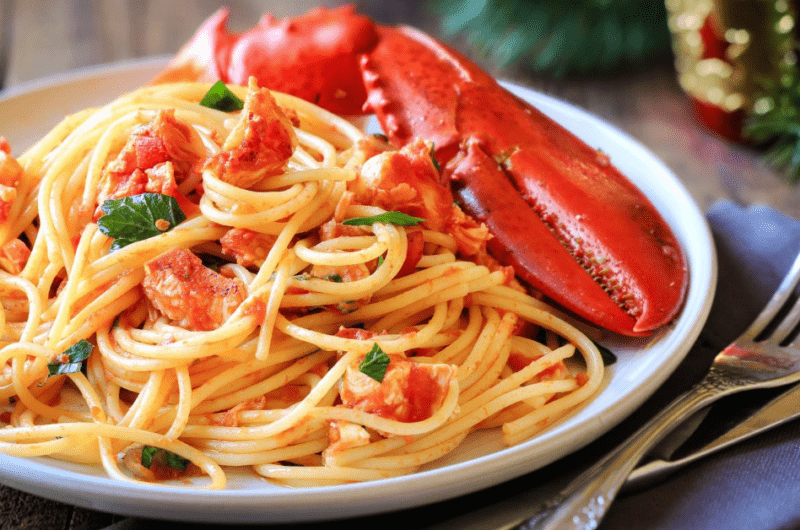
At the heart of imitation crab lies the humble Alaskan pollock. Known for its flaky texture and mild flavor, pollock serves as the primary fish source in creating fake crab. The choice of pollock isn’t arbitrary; it’s based on factors like availability, sustainability, and its ability to complement the desired characteristics of crab meat. While pollock is the most common, other white-fleshed fish, such as hake or cod, may also find their way into the mix.
Section 2: Processing the Fish
The journey of imitation crab begins with the meticulous processing of the chosen fish. Grinding and mincing the fish transform it into a pliable paste, setting the stage for the subsequent steps. The significance of washing the fish paste cannot be overstated, as this crucial process ensures the removal of impurities and unwanted flavors, resulting in a cleaner and more neutral base for the imitation crab. Quality control plays a pivotal role at this stage. Rigorous checks and measures are implemented to guarantee that the processed fish meets strict standards for cleanliness and safety. Only through these meticulous processes can the foundation of imitation crab be established, setting the tone for a quality end product.
Section 3: Additional Ingredients
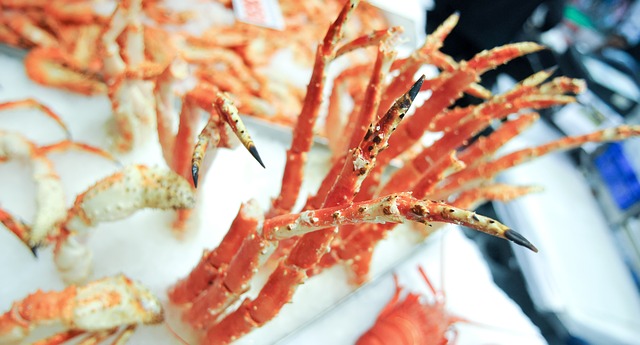
The magic of imitation crab lies not only in the fish but in a carefully curated blend of additional ingredients. Starch, often sourced from tapioca or potato, acts as a binder, holding the mixture together and giving it a desirable consistency. Egg white contributes both to the texture and appearance, providing a subtle richness. Sugar and salt play dual roles, enhancing flavor and acting as preservatives to extend the imitation crab’s shelf life. However, it’s the crab flavorings or extracts that truly elevate the imitation crab experience. Whether derived from natural crab sources or created synthetically, these flavorings add the distinct seafood taste that makes imitation crab a convincing substitute for the real thing.
Section 4: Shaping and Forming
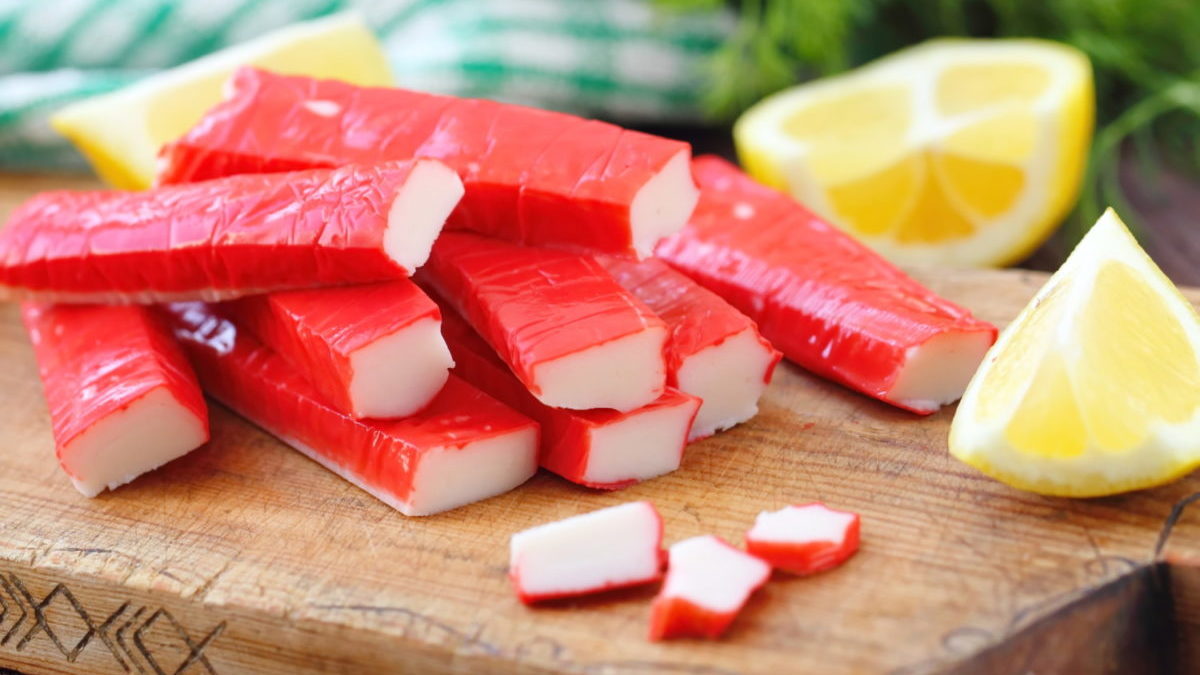
With the core ingredients in place, the next step in the imitation crab production process involves shaping and forming the mixture. This stage is crucial for replicating the appearance and texture of real crab meat. Advanced technology and machinery play a significant role in ensuring consistency in the final product. The processed mixture, now taking on a crab-like consistency, undergoes shaping and forming processes to mimic the appearance of crab legs or flakes. Achieving the right texture is imperative for consumer satisfaction, and manufacturers employ innovative techniques to create a product that closely resembles the natural variation found in crab meat. The careful attention to detail during this phase is a testament to the commitment to delivering an imitation crab product that not only looks convincing but also captures the essence of real crab in every bite.
Section 5: Cooking and Packaging
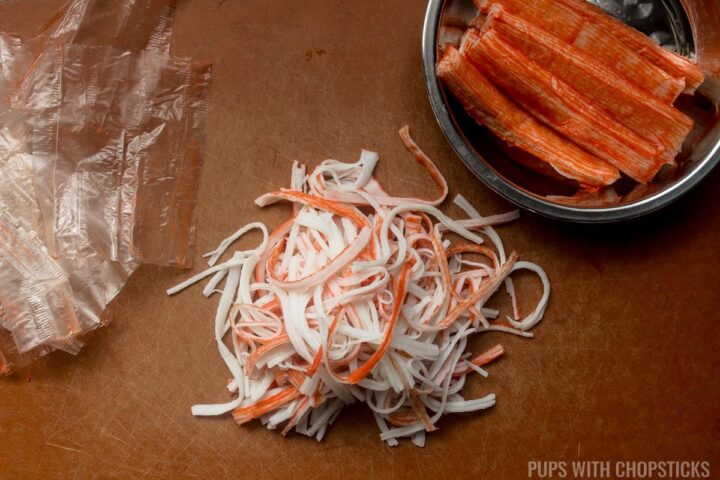
After the shaping process, the imitation crab enters the cooking phase, a critical step that ensures both safety and flavor development. Cooking methods may vary, but the goal remains consistent: to set the shape, enhance texture, and eliminate any potential contaminants. Once cooked, the imitation crab undergoes a cooling process before being meticulously packaged. Packaging is a vital consideration in preserving the quality of the product. Whether vacuum-sealed, canned, or presented in other forms, the packaging not only protects the imitation crab but also extends its shelf life, ensuring that consumers can enjoy the product in its optimal condition.
Section 6: Nutritional Considerations
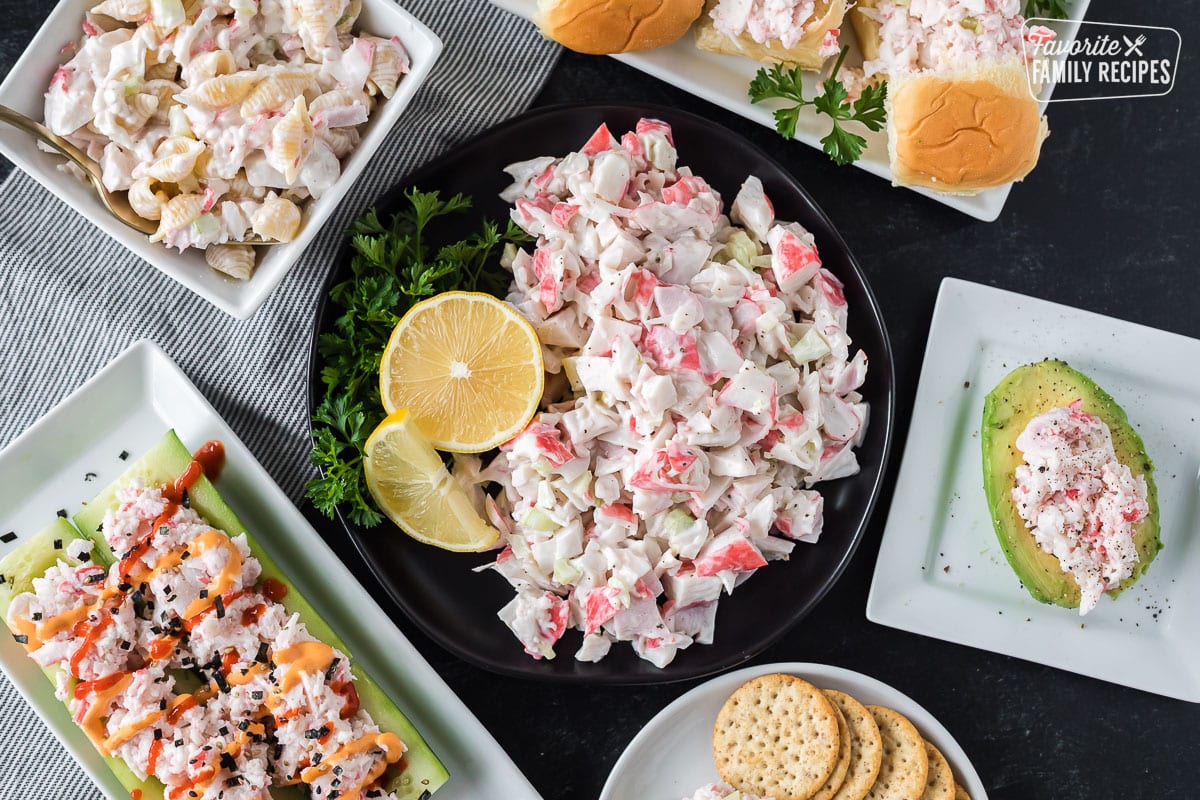
While imitation crab provides a more affordable alternative to real crab, it’s essential to consider the nutritional aspects. Imitation crab typically offers a lean source of protein, making it a suitable option for those looking to incorporate more protein into their diets. However, it’s crucial to note that the processing and additional ingredients may impact the nutritional profile. In comparison to real crab, imitation crab might not provide the same array of nutrients. Real crab is rich in vitamins, minerals, and omega-3 fatty acids. Those opting for imitation crab should be aware of any health concerns related to additives and processed ingredients. As with any food product, moderation and a balanced diet are key to ensuring a healthy approach to consumption.
Conclusion
In conclusion, the journey from fish paste to imitation crab is a fascinating blend of science and culinary artistry. As we’ve uncovered the key ingredients and processes behind imitation crab, it’s evident that this seafood substitute has earned its place in kitchens worldwide. Whether it’s for economic reasons, dietary preferences, or culinary experimentation, imitation crab continues to captivate taste buds and serve as a versatile ingredient in a myriad of dishes.

